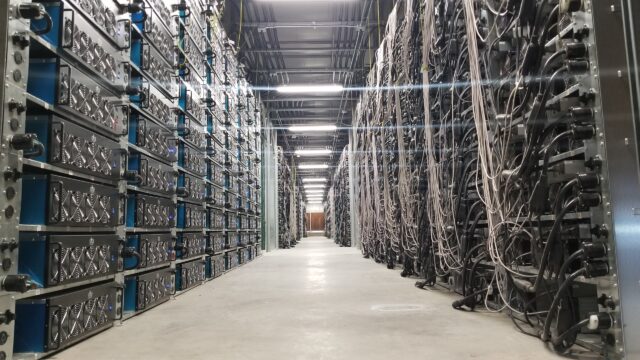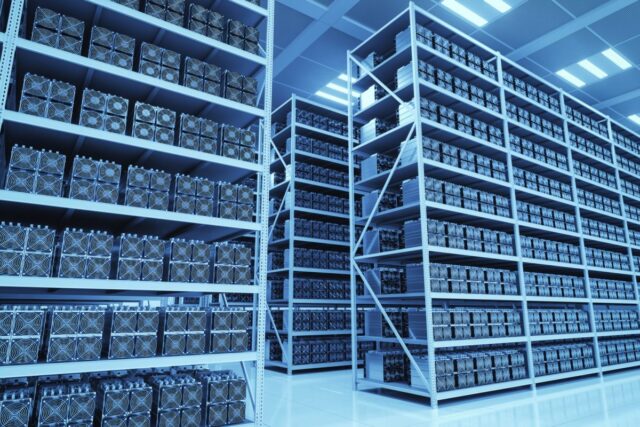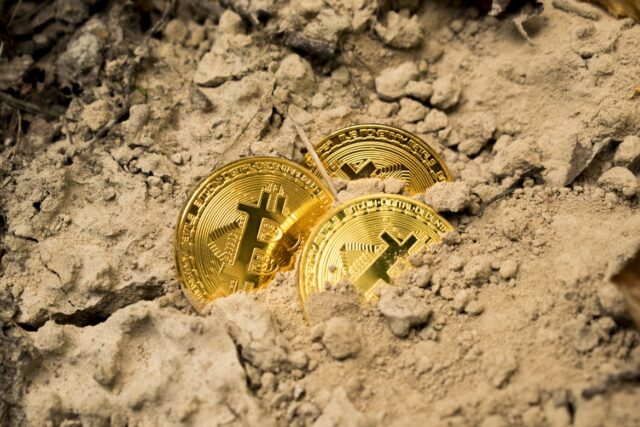
If you have always tried buying bitcoin off crypto exchanges, you will be surprised to learn that it is not the only way to get your hands on them. You can also mine the currency using a PC, which takes place on the blockchain. But that alone does not guarantee success – you need more computing power to increase the chances of getting your hands on bitcoin.
What is Bitcoin Mining all About?

Bitcoin mining is similar to solving mathematical equations – but at a swift pace. You need massive computational power not just for solving the queries quickly but quicker compared to everyone else if you want to reap the rewards. Its significant expense is on electricity, especially if you are running multiple machines continuously.
When learning about crypto mining, you must have come across the term rig; a regular computer made up of a CPU, RAM, motherboard, and storage. The only thing that differentiates it from other computers is the availability of a Graphics Processing Unit (GPU) and a video card. Rigs use powerful GPUs to do extensive calculations, but it requires high-wattage power supplies.
Since the graphic cards on mining rigs work round-the-clock, they consume much power and generate heat. The more rigs you have, the more heat will get released. So, if you do not want them to melt, you need some cooling. Many operators have released rigs that have built-in computer fans to serve that purpose, but you can also get external cooling done using fans.
Since mining is just like playing a video game when your PC is not mining, the GPU powers the games, videos, and other applications, its computational expertise is ideal for mining’s heavy-duty requirements. But instead of using a computer for performing it, you can also use specialized hardware known as Application-Specific Integrated Circuits (ASICs). Keep reading to collect more information about ASICs.
ASIC devices are designed exclusively for computing vital calculations required for creating a block. It is pre-designed and optimized hardware that works on electricity. Though ASIC is the best way to mine bitcoins today, only big companies can purchase such kinds of rigs. So, mining gets a little tricky, especially if you are using a personal computer.
How Does Bitcoin Mining Work?

Crypto mining works on the principle of proof of work, rewarding computing power with bitcoin. Here, a miner solves complex mathematical problems to add one block of transactions to the blockchain securely – worth 1 megabyte (MB). The first person to solve the question and add a block is the winner and is given the digital currency.
However, the number of bitcoin one receives varies depending on many factors, and it keeps reducing over time. All the crypto miners keep a copy of the blockchain transactions ever made.
When thinking about mining, you might think of extravagant desktops and machines, but nothing as attractive on-screen in reality. There may be active devices’ graphical status, a command prompt window, or a PC whose cooling system immediately needs refurbishing. Still, besides that, nothing is interesting that holds your attention.
Read more to find out how speedily you can mine bitcoin.
How Fast Can You Mine 1 Bitcoin?

When transacting for the first time, this is the question people usually ask. The short answer to it is 10 minutes. However, there are many factors to take into account, which results in extended time. It thus results in ambiguity relating to the speed at which you can mine one bitcoin.
Determining the exact time to mine one crypto successfully depends on computing power, equipment used, and competition. But if everything is up to a point, it should not take you more than 10 minutes to get one bitcoin. It may seem like enough time to mine, but it is possible only for an expert – not for someone getting started for the first time.
It takes close to 30 days for some people to mine just one bitcoin – even if they have a large setup. Getting an affordable design is not economical as you think. After deducting the electricity cost and overall hardware and software cost every month, you will be left with as little as 0.1 bitcoin of profit at best. But due to the development of cloud mining, it has become less financially draining to do mining.
The trick is to pool several machines together to increase the computing power and thus further the chances of success. One must argue that it is much more convenient to run a single powerful engine, but it has been observed that such decisions have meagre options of yielding the digital currency.
So, it can be concluded that the speed of mining depends not only on your monthly costs but also on the hardware and other factors. The overall speed and cost rely on the type of equipment you are using, its hash rate, total number of devices, and the mining pool, of course.
Due to the advancement in technology, the hardware and software people use for mining today can solve complex computational algorithms independently. We have progressed considerably when it comes to that department.
Conclusion
Today, there exist thousands of miners around the globe who are making a profit from the job. But considering how volatile the digital currency is, we can say that there is plenty of scope for becoming a decent miner. After all, cryptocurrency can derail without miners, and they are the only ones who contribute the most to the fabric that crypto is woven in.
Crypto mining is an investment that may or may not have a payoff. So, before you get into this field full-time, it is crucial to consider all the time, patience, and hard work that goes into it. Due to all the noise around crypto, it is nearly impossible to earn profits with a single rig. You need proper strategy, planning, and a lot of patience.
You will soon realize that though slow, it is a profitable procedure.












